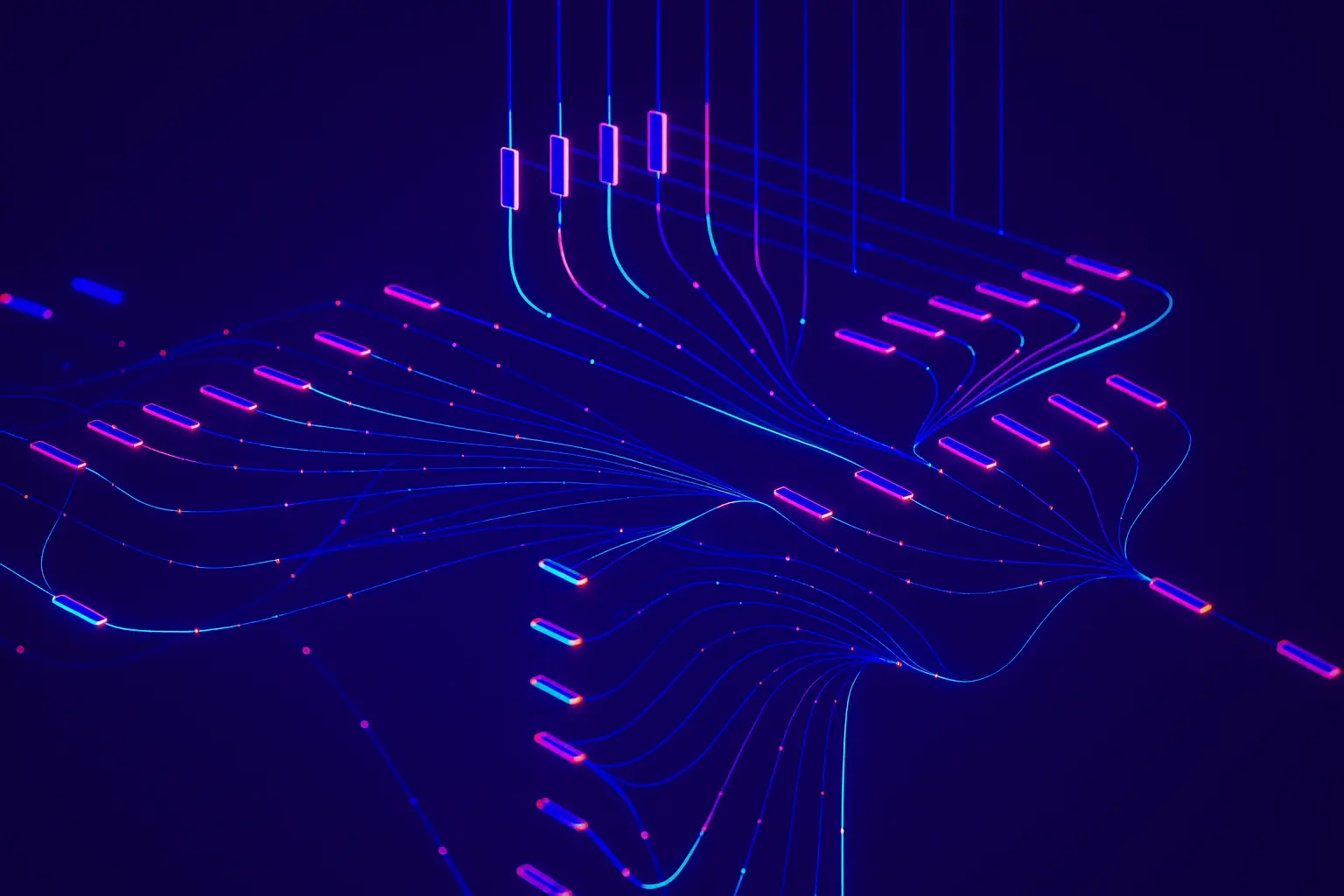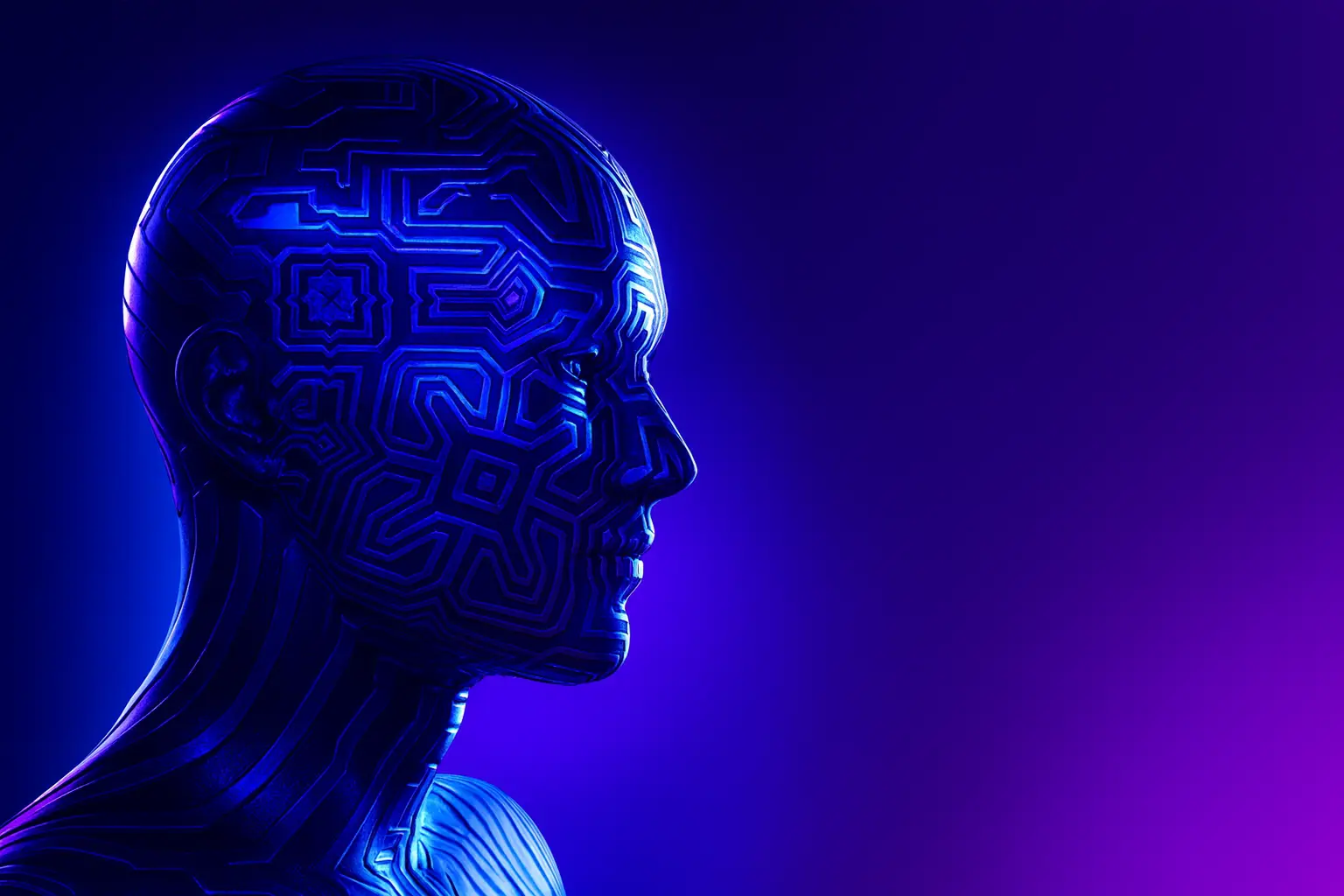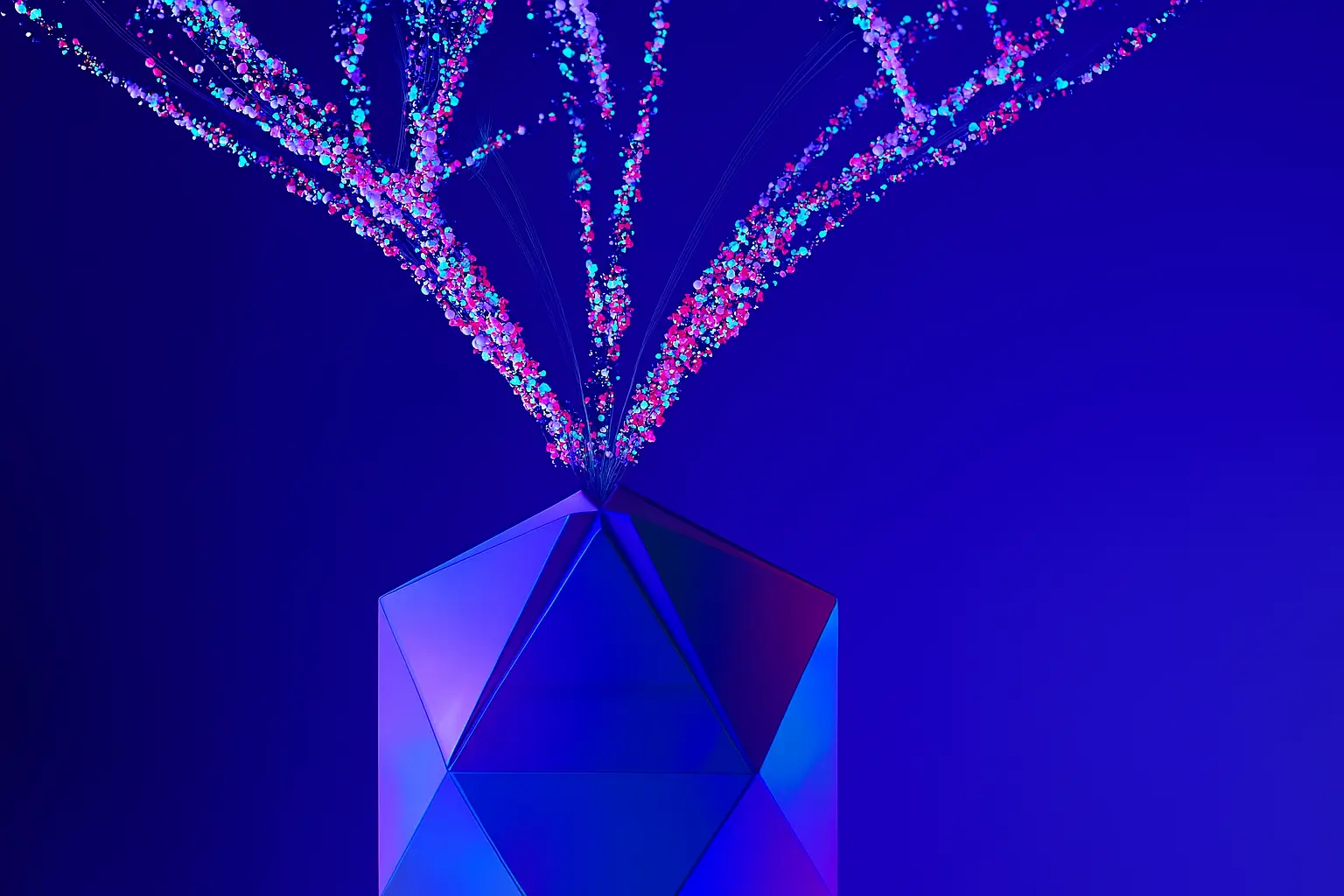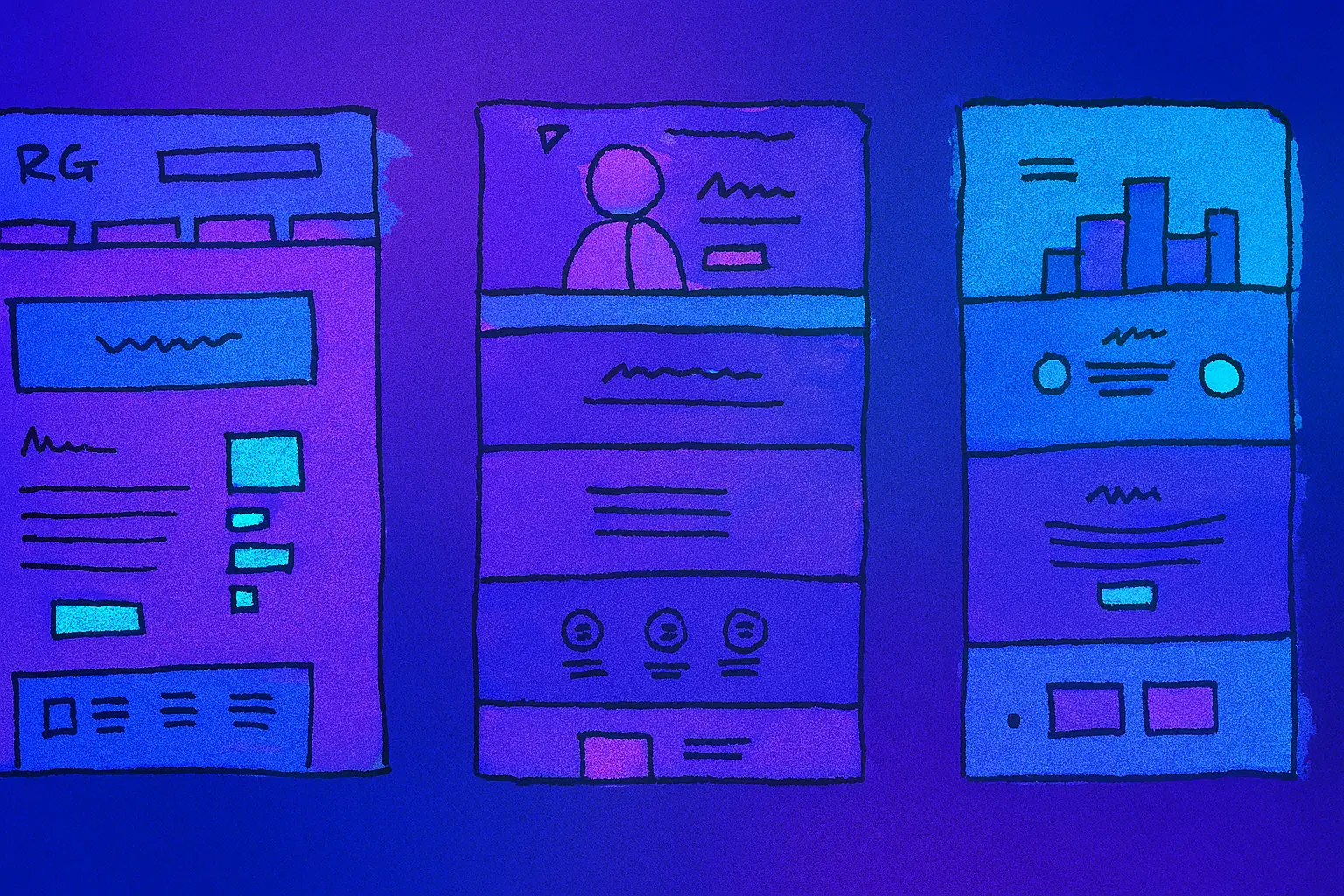AI in HR: How AI Tools for HR Teams Are Transforming Employee Experience in 2025
29.04.2025 | 5 min read

What Is The Hidden Productivity Tax Your HR Team Is Paying Right Now?
According to McKinsey, your employees spend a staggering 1.8 hours every day—9.3 hours per week—searching for information.
Let that sink in.
For every five employees you hire, only four are actually doing productive work. The fifth is wandering your digital hallways, hunting for answers to questions about benefits, policies, and procedures.
What if you could get that fifth employee back? This is where an effective ai tool for hr can make a significant difference.
What Are the Benefits of AI in HR?
AI-powered HR tools aren't just trendy tech—they're productivity powerhouses transforming how companies operate in 2025. From recruiting to retirement, these digital assistants are streamlining hr processes, cutting costs, and delivering experiences that feel surprisingly human. Let's explore how ai in hr is changing the landscape.
1. How Can AI Tools for HR Help With Recruiting & Hiring: Your 24/7 Talent Acquisition Team
Your career site is likely leaving money on the table. With ai tools in hr, you can turn passive visitors into active candidates��—even at 3 AM.
- Career-site bots deliver a remarkable 95% more leads than static forms (Phenom)
- 99% of U.S. hiring managers now use ai in their process (Insight Global)
- 73% of job-seekers can't even tell they're chatting with a bot (CNBC)
Need proof? McDonald's implemented their ai assistant "Olivia" and saw an 82% increase in new hire retention and 70% boost in hiring efficiency, helping them attract top talent.
Quick Win: Start with a simple FAQ bot on your careers page. Even basic implementations capture leads that would otherwise bounce, allowing hr professionals to focus on more strategic tasks.
2. What Are The Benefits Of AI Used In HR For Onboarding: First Impressions That Actually Last
Remember your first day? The overwhelming paperwork, the confusion about who to ask for help? AI in human resources is solving this universal pain point.
Paychex's ai tool automatically pushes tasks, collects hr documents, and delivers micro-learning content precisely when new hires need it.
- 53% of hr teams using ai report shorter time-to-productivity (MICPA)
- 38% say onboarding costs fall significantly (MICPA)
- 65% expect ai adoption to improve first-year retention (MICPA)
ŠKODA AUTO achieved a 95% success rate in their AI-powered onboarding process, dramatically streamlining what was once a paperwork nightmare. This demonstrates how ai enhances the entire onboarding experience.
Quick Win: Start by automating your most repetitive hr tasks—document collection, benefits enrollment, and basic training modules. This enables hr professionals to focus on creating meaningful connections with new hires.
3. What Are The Applications Of AI For Employee Self-Service: The 24/7 HR Department Everyone Wants
Have you calculated how much time your hr team spends answering the same hr questions over and over?
- 62% of employees already rely on virtual assistants for HR help (BM)
- By 2025, Gartner projects 75% of all HR inquiries will be handled by bots
- Companies with centralized hr technology spend 23% less per employee and need 19% fewer staff (The Hackett Group)
Unilever's chatbot "Una" provides 24/7 HR query support in 32 languages, dramatically reducing hr tasks while improving accessibility for their global workforce. This is a prime example of ai helping hr teams work more efficiently.
Quick Win: Map your top 20 most frequently asked hr questions and build a simple ai tool to handle them first, freeing hr teams from answering routine inquiries.
4. How Can You Use AI In HR For Performance Management & Analytics: Insights That Actually Drive Action
Data without insights is just noise. AI-powered HR solutions are transforming how companies understand their workforce.
- Global ai adoption in hr is still just 21%, meaning early adopters gain significant competitive advantage (Engagedly)
- Ventana Research reports a 26% lift in hr function efficiency where advanced analytics is deployed
- McKinsey's 2025 AI survey shows half of companies using generative ai in HR report measurable cost reductions—more than any other business function
Quick Win: Start tracking resolution rates for HR inquiries to establish your baseline, then implement ai to optimize identification of patterns and improvement opportunities. This allows hr teams to focus on strategic initiatives.
5. What Are The Benefits Of Using AI For Employee Engagement & Internal Communications: Messages That Actually Get Read
Ever sent an all-company email that nobody read? AI in hr is changing the internal communications game.
Companies using Moveworks' bot see employee engagement rates up to 72% on targeted campaigns—dramatically above typical email engagement rates.
What makes this possible? AI technologies and powered segmentation and personalization that ensures employees only receive information relevant to their role, location, and interests, greatly enhancing employee experience.
Quick Win: Try an ai tool for hr communication for your next major policy update and compare engagement metrics to your previous approaches. Generative ai helps hr create more personalized and engaging messages.
6. What Is The Future Of AI In HR Support: The Game-Changer You Can't Afford to Ignore
This deserves special attention. Internal hr ai tools are transforming how employees interact with company policies and procedures.
Think about your current process:
- Employee has a question about parental leave policy
- They email HR or open a ticket
- They wait (and wait...)
- HR professionals respond, often with information they could have found themselves
- Productivity suffers throughout
Now imagine:
- Employee asks an ai assistant about parental leave
- Instant, accurate response with policy details
- Follow-up questions answered immediately
- HR team only gets involved for complex, nuanced situations
- Everyone wins
The numbers don't lie:
- Telstra saved AUD 10 million using their hr assistant "Codi"
- Airbus's "Bessie" resolves 74% of candidate inquiries automatically
- IBM's ai solutions reduce time spent on common tasks by up to 75%
Quick Win: Start by documenting your top HR policies in a question-and-answer format—this becomes the foundation for your chatbot's knowledge base. This allows hr teams to focus on more complex issues.
7. How Are The Types Of AI Affecting Cost Reduction & Efficiency: The Bottom-Line Impact You Can Measure
If you're still wondering about the ROI, consider these numbers:
- Deloitte reports ai in hr cuts costs by 17% and lifts efficiency 40%
- Sierra-Cedar says integrated tech stacks cut hr operations costs by 32%
- Chatbots can save 30% of the $1.3 trillion spent annually on customer service, saving hr teams countless hours
Quick Win: Calculate how many hours your hr professionals spend answering routine questions each week. That's your immediate ROI opportunity when you leverage ai.
What Are The 5 Essential Steps To Implement Your Own HR AI Assistant?
Ready to join the companies using ai in hr? Here's your roadmap:
1. Start Where Friction Is Highest
Don't boil the ocean. Begin with your most painful hr function bottlenecks:
- Self-service Q&A about policies and benefits
- Onboarding paperwork and processes
- Leave requests and common HR transactions
Ask yourself: "What questions do my hr team answer over and over?" That's your starting point for implementing ai.
2. Choose the Right Technology Mix
Your tool for hr needs several key ai capabilities:
- Natural Language Processing (NLP) to understand employee questions
- Integration with your existing hr technology
- Security features to protect sensitive hr data
- Analytics to track performance and identify improvement opportunities
Tools like IBM's watsonx Assistant or SmartBot360's drag-and-drop builder make implementation accessible even for non-technical hr teams.
3. Design With the Employee in Mind
Your ai for hr should feel like a helpful colleague, not a robotic form:
- Use conversational language that matches your company culture
- Design intuitive conversation flows for common scenarios
- Ensure multilingual support if you have a diverse workforce
- Create clear escalation paths for complex issues requiring hr professionals
Remember, 73% of job seekers can't tell they're talking to a bot—that should be your standard for employee experience.
4. Implement With Clear Metrics
What gets measured gets managed. Track these from day one:
- Resolution rate (questions answered without human intervention)
- Time-to-value (how quickly employees get what they need)
- Employee satisfaction scores
- Deflection rate (reduction in tickets/emails to hr team)
5. Iterate, Iterate, Iterate
Your first version won't be perfect. Plan for continuous improvement:
- Regularly review unanswered questions to identify knowledge gaps
- Update your bot as hr practices change
- Collect feedback and act on it
- Gradually expand ai capabilities based on usage data
What Is The Future Of HR Functions With AI Tools?
With only 21% global ai adoption in hr functions, the competitive advantage window is still open—but closing fast.
Ask yourself: Can you afford to have your employees spending 9.3 hours weekly searching for information while your competitors' hr teams are getting instant answers with artificial intelligence in hr?
The fifth employee is waiting to be productive. Are your hr leaders ready to transform hr and bring them back to work? The future of ai in hr is here—it's just unevenly distributed.
Ready to adopt AI? Decide whether to choose off-the-shelf product or develop your own and explore our AI Assistant Development services designed for HR.
Not sure how AI can help your HR department and what HR use cases could benefit you the most? Discover our AI Consultancy.



